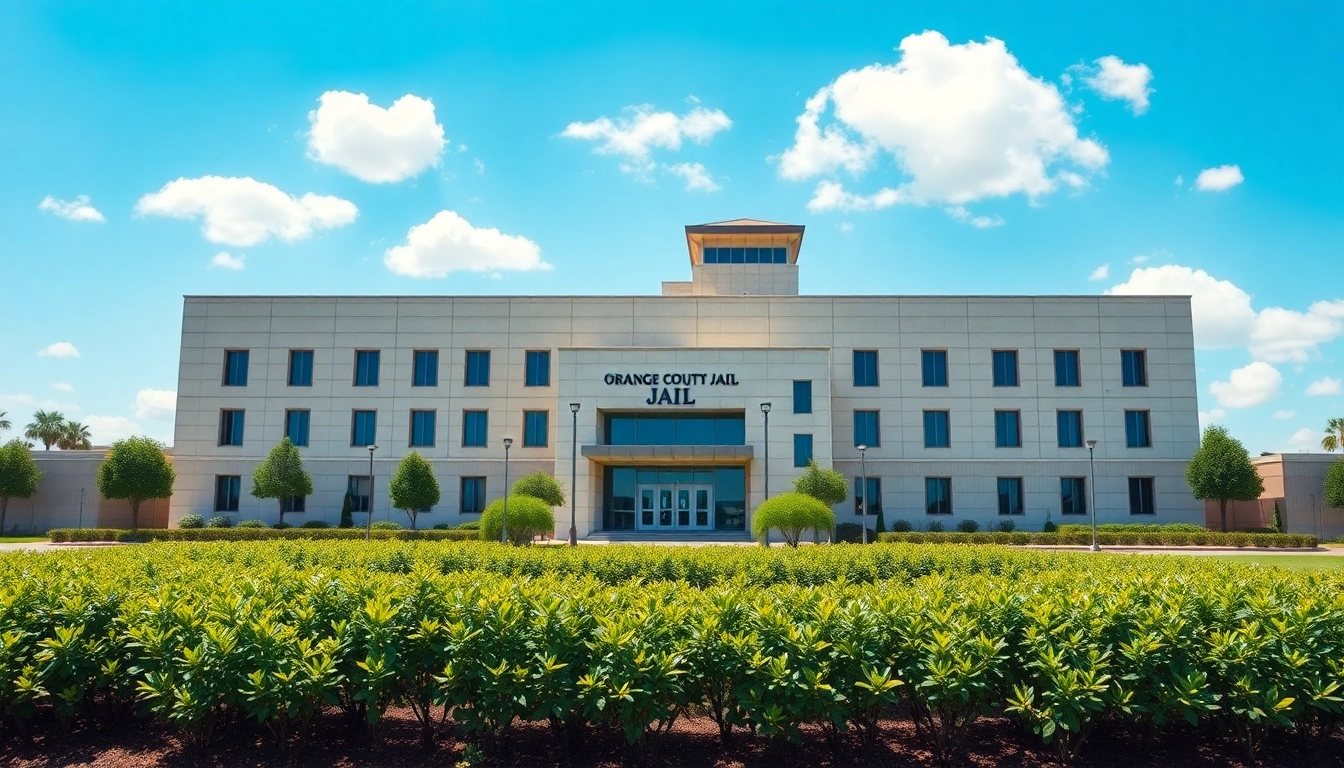1. Defining the Concept of a State
1.1 What is a State?
A state is primarily understood as a political entity that possesses governance over a defined geographical territory and a population. According to State definitions, it embodies the notion of sovereignty, allowing for the establishment of laws, social policies, and political frameworks that regulate the lives of its citizens. Fundamentally, the state serves as the core organizational unit of modern governance—not merely a geographical delineation, but a complex structure through which authority, responsibility, and societal order are maintained.
1.2 Historical Perspectives on States
The evolution of the state can be traced back to several ancient societies, where the notion of governance began to take formal shape. Early forms of states emerged in regions like Mesopotamia, where city-states exemplified rudimentary governance. As history progressed, the influence of conditions such as war, trade, and cultural exchanges shaped the development of states, leading to the establishment of more organized political entities that we recognize today. The Peace of Westphalia in 1648 further solidified the modern concept of state sovereignty, laying the groundwork for contemporary international law.
1.3 Different Types of States
States can be classified into numerous categories based on various criteria including governance structure, population, and territorial extent. Here are some of these classifications:
- Sovereign States: These possess complete autonomy and are often recognized internationally.
- City-States: Compact territories with their own governance, such as Monaco or Singapore.
- Nation-States: States primarily based on shared identity, often aligning cultural and political boundaries.
- Federal States: These divide powers between the central government and regional authorities (e.g., United States, Germany).
- Unitary States: These concentrate authority at the national level with little power given to sub-national entities (e.g., France).
2. The Structure of State Governments
2.1 Legislative Bodies within States
At the heart of a state’s governance structure is its legislative body, tasked with creating laws and regulations. States typically operate a bicameral legislative system comprising two houses: often a lower house, which is directly elected, and an upper house, with varying modes of appointment or election. The legislative process includes drafting, debating, and voting on proposed laws, which are ultimately subject to the governor’s approval or veto. Understanding this structure is crucial for grasping how states operate within the larger framework of federal governance.
2.2 The Role of State Officials
State officials, including governors, attorneys general, and secretaries of state, each play pivotal roles in the execution and administration of state laws. The governor, as the chief executive, oversees the enforcement of laws, manages state agencies, and sets policy agendas. Attorneys general represent the state in legal matters, while secretaries of state handle vital records and supervise elections. These officials ensure the synchronization of state governance with the demands of their constituents while adhering to established legal frameworks.
2.3 State and Local Interactions
The interaction between state and local governments represents a critical aspect of governance. Local jurisdictions often handle daily operational duties, such as policing, education, and infrastructure maintenance, under their respective state laws. This decentralized governance can generate variability in law enforcement, taxation policies, and service provision across different regions within the same state. Effective collaboration between state and local governments is imperative for maintaining order, ensuring accountability, and optimizing public service delivery.
3. The Functions of State Agencies
3.1 Public Services Offered by States
States are responsible for providing a range of crucial public services that directly affect the lives of their residents. Education, healthcare, transportation, social services, and public safety are central to state functions. Each state adopts different approaches based on its resources and policy priorities, resulting in significant variation in service quality and availability. States also engage in collaborative partnerships with non-profit institutions and private sectors to enhance service effectiveness, especially in healthcare and education.
3.2 State Policies and Their Implementation
The formulation and implementation of state policies involve a series of steps, including research, deliberation, and stakeholder involvement. States conduct impact assessments before enacting policies to ascertain their feasibility. Once policies are established, state agencies execute and monitor them. The advancement of technology within state governance allows for improved data analytics, enhancing policy effectiveness through informed decision-making.
3.3 The Impact of States on Daily Life
State governments significantly shape the daily lives of individuals. From minimum wage regulations to tax laws, state decisions reverberate throughout communities. For instance, educational policies dictate curriculum standards, influencing the quality of education students receive. Similarly, health regulations manage public health initiatives affecting vaccination programs and response to health crises. Citizens often interact directly with state agencies when renewing licenses, accessing social services, or engaging in the electoral process.
4. States in the Global Context
4.1 The Relationship between States and International Bodies
States interact with various international organizations (e.g., the United Nations, World Trade Organization) that influence their policy-making and governance practices. These relationships can enhance a state’s ability to address transnational issues such as climate change, trade disputes, and security cooperation. States participate in treaties and agreements that shape their interactions and obligations within a globalized framework.
4.2 State Sovereignty in a Globalized World
While globalization has interconnected economies and societies, it has simultaneously posed challenges to state sovereignty. Issues such as international law, multinational corporations, and transnational movements can undermine the autonomy of individual states. Balancing national interests with global responsibilities remains crucial for maintaining effective governance in the modern world.
4.3 Case Studies of State Cooperation
Examples of successful state cooperation can be seen in regional organizations like the European Union, where member states work collaboratively in areas such as trade, environment, and security. Such instances reflect how states can pool resources and share responsibilities to achieve common objectives while navigating the complexities of sovereignty and governance. Other examples include pacts for disaster response and international health initiatives, illustrating the potential benefits of state collaboration.
5. The Future of States in Governance
5.1 Technological Innovation and State Functionality
Technological advancements are transforming state governance by improving public service delivery and increasing citizen engagement. From e-governance systems that facilitate online access to services to the utilization of artificial intelligence for data analysis, technology offers opportunities for enhanced efficiency and transparency. States are increasingly adopting digital platforms to streamline operations and enhance communication with citizens.
5.2 Challenges Facing Modern States
Modern states confront numerous challenges, including economic instability, social inequality, and political polarization. The rise of populism and new political movements in many regions complicates traditional state functions. Additionally, climate change poses significant environmental threats, requiring states to devise comprehensive strategies that address sustainability while balancing economic growth.
5.3 The Evolving Role of States in Society
The role of the state continues to evolve in response to changing societal needs. In an age characterized by rapid globalization and technological revolution, states must adapt their policies and governance frameworks to foster resilience and inclusivity. This evolution implies a need for proactive engagement with citizens, embracing diversity, and fostering community participation in decision-making processes. Engaging with modern challenges will ensure that states remain relevant and effective in serving the public good.



